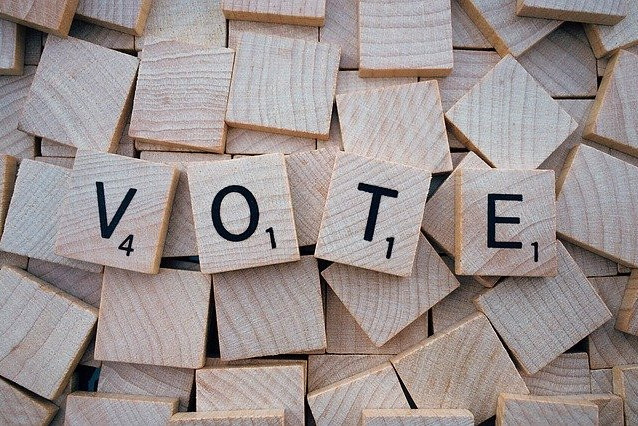This is actually from a job interview I did for a training job back here in the United States. After working over in Korea for over 20 years, I figured I’d teach a little about Korean customs. I am posting this as a springboard for any international ESL class or class in which you can have students from different cultures who can introduce their own culture. It’s a great way for them to practice useful skills and engage in conversation that is interesting to them.
Use This as an Example
Korean Business Practices and Etiquette
First Meetings
 Koreans still bow although shaking hands is now common among Koreans. A bow may or may not precede the handshake.
Koreans still bow although shaking hands is now common among Koreans. A bow may or may not precede the handshake.- The exchange of business cards is a vital part of a first meeting. Status and rank are established and understood more easily this way. The recent Western trend toward eliminating titles has created some problems for some companies when dealing with Korean businesses as Koreans generally prefer to deal only with someone of equal rank as opposed to someone of lower rank.
- Use both hands if possible when presenting and receiving a business card. If that is not possible, use your right hand and support your right elbow with your left hand.
- Business cards should be treated as an extension of the person. Therefore, you should read it carefully and then place it on the table in front of you. To put someone’s card in your pocket or to write on it, etc. is to show disrespect to the person.
Contracts
 Seen as a starting point rather than as the final goals of a business agreement and as the parameter within which the working relationship will be conducted.
Seen as a starting point rather than as the final goals of a business agreement and as the parameter within which the working relationship will be conducted.- Koreans prefer that contracts be flexible so that adjustments can be made as the project/work evolves.
- Even those who are aware of the legal implications regarding the signing of contract, often still view it as less important than the interpersonal relationship between the two companies and find it difficult to understand why, despite the excellent relationship you’ve been having, you are not willing to overlook or change elements of the contract as you go along.
- It is important that you be aware of how your Korean colleague/partner views the documents in order to avoid misunderstandings while ensuring that he/she is equally aware of your position.
Names
- When addressing a Korean, use his/her title along with her/his family name unless you’ve been invited to do otherwise. If there is no title, use Mr/Mrs/Miss with the family name.
- More and more Koreans use a Western (usually English) name as a courtesy to foreign colleagues/clients. However, you may want to make sure to also know their Korean name since, for example, Harry Kim may not be known as such among his Korean colleagues and trying to find a Mr. Kim is a Korean corporation is like looking for the proverbial needle in the haystack. It can help if you know his exact title and department.
General Etiquette
 Try not to boast as humility is valued in Korean culture. Conversely, when interviewing a Korean be aware that they might understate their abilities.
Try not to boast as humility is valued in Korean culture. Conversely, when interviewing a Korean be aware that they might understate their abilities.- The decision- making process in Korea is done collectively and up through the hierarchy and therefore does take more time than you may be used to. Try to be patient, and even if you’re not feeling patient, try not to show it.
- Avoid criticizing someone in public, even if you have seen a Korean colleague do so. Criticism, especially of colleagues or Korean subordinates, should be conducted in private to reduce or prevent loss of face.
- You may also want to avoid opposing someone in public as this, too, can mean a loss of face. Try thinking of alternative ways of going about expressing your opinion or concerns.
Discussion
- What are some different cultures you have been exposed to in your business?
- If you were to educate people on business practices and etiquette in the United States, what would you tell them?
- Have you ever made a mistake or been embarrassed because of another country’s different culture?
Use This for Informational Purposes as Well as Class
Besides being an example for something you can do in your class this page might also be useful if you are thinking of teaching in Korea. In fact, if you have any questions about teaching in Korea, I will share whatever I know with those who ask. Although I worked in Korea, I traveled extensively in Japan and I can probably find out whatever you need to know about China as well.
That being said, this page is for anyone who wants to teach either at home or abroad. The important thing is to find useful classes that teach and practice useful language skills as well as make it fun! I will be posting some more pages in the coming days that focus on just that. (Teaching useful skills) Stay tuned and I’ll be back with more useful tips and activities for making your ESL class fun.
Because, as I’ve said before, Teaching English is Fun!
Jim






